Until 2017, the British Skydiving Operations Manual had contained a fairly blunt statement that ‘Sport parachutists are advised that parachuting and giving blood are not compatible’. The new medical forms are intended to allow a more flexible approach to this socially beneficial activity without putting safety or performance at risk.
The volume of donated fluid is replaced quite rapidly but the return of full oxygen carrying capacity is less predictable. This is important for performance above 8000ft and for the avoidance of hypoxia related problems. With drop zones regularly operating at altitudes of up to 15,000ft, jumpers are already at the edge of their hypoxia tolerance even when in perfect health. A large framed well muscled young jumper giving blood for the first time and having a diet rich in iron would normally be expected to have a fairly rapid return to normal blood levels but a small framed jumper with iron stores depleted by recurrent donation, a vegetarian diet or heavy/long periods may have a prolonged recovery.
The reality is that British Skydiving has no knowledge of, or control over, what you do when away from the drop-zone. However, the Association does have a responsibility to give advice to help you retain full function when supervising students at altitude.


